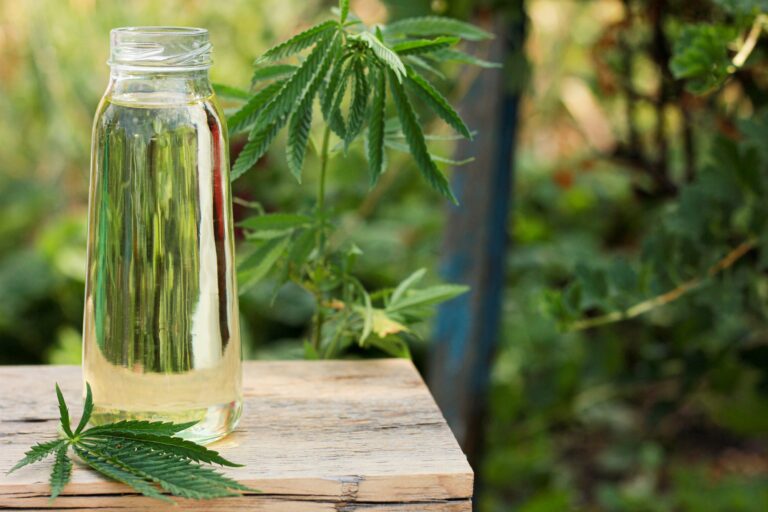I was always told that hemp and cannabis were two completely different things, two different plants. One, cannabis got you high when you smoked it, and the other, hemp was used to make rope, among other things, and it did not get you high. That’s what I thought for the last 50 years, give or take, and I never even questioned it.
So, you can imagine my surprise to learn that hemp and cannabis refer to the same genus of plants. I was more than surprised. I was shocked. And it was hard to accept that my understanding of hemp had been entirely wrong about hemp and cannabis my entire adult life.
Hemp and cannabis are terms that often float around in conversations about wellness, sustainability, and even legislation. For the uninformed, it can be surprising to discover that both terms actually refer to the same plant genus. If you’ve ever wondered how a plant can be the source of both a mind-altering drug and a sturdy piece of rope, you’re in for an enlightening journey.
A Brief Botanical Overview
Before we dive into the differences between hemp and cannabis, let’s establish a foundational truth: both come from the genus Cannabis. This plant genus can be further categorized into species or strains like Cannabis sativa, Cannabis indica, and Cannabis ruderalis, though some botanists believe these classifications are better described as varieties rather than distinct species.
The distinctions between these species may be debated among botanists, but for our purposes, what’s important is understanding the general distinction between hemp and what is commonly referred to as marijuana or cannabis in a recreational context.
Hemp: The Multi-Use Powerhouse
Low THC Levels: In the U.S., hemp is legally defined as Cannabis sativa plants containing no more than 0.3% THC (tetrahydrocannabinol) by dry weight. THC is the compound responsible for the psychoactive effects, or “high,” associated with marijuana.
Industrial Uses: Historically, hemp’s most recognized use has been its fiber, which is extraordinarily durable. These fibers are employed in the production of textiles, ropes, paper, and even sustainable building materials, the seeds of the hemp plant are a nutritious source of food and can be pressed into hemp seed oil.
CBD Production: Recently, hemp has gained popularity for another reason: the production of CBD (cannabidiol). This non-intoxicating cannabinoid has been celebrated for potential health benefits, including anxiety reduction, pain relief, and anti-inflammatory properties.
Cannabis: Beyond the High
While “cannabis” can technically refer to any plant in the Cannabis genus, in common vernacular, it’s usually associated with marijuana—the stuff that gets you high.
THC and Beyond: Cannabis strains cultivated for recreational and medicinal use typically have higher THC levels than hemp. However, THC is just one of the many cannabinoids found in these plants. Others, like CBD, CBG, CBC, and CBN all offer unique effects and benefits, some of which are only just beginning to be understood.
Medicinal Properties: Beyond the world of recreation, cannabis has long been employed for its medicinal properties. From ancient civilizations using it to treat ailments to modern medical marijuana programs, cannabis offers relief for a variety of conditions, including chronic pain, nausea, seizures, and more.
Why the Confusion?
Given that hemp and cannabis originate from the same genus, how did we end up with such distinct categorizations as hemp v. cannabis, as if they were two different things entirely?
Legal Distinctions: Over time, largely due to legal frameworks, a sharp line has been drawn between hemp and marijuana. Legislation, like the U.S. 2018 Farm Bill, differentiates the two based on THC content. This legal perspective has driven a more general societal understanding—or misunderstanding—of the plant.
Cultural Context: Hemp, with its vast array of industrial applications, has been cultivated for thousands of years across different civilizations. Cannabis, as a psychoactive substance, has been both revered and vilified across cultures and eras. The cultural baggage associated with each term has further solidified their perceived differences.
Final Thoughts
Discovering that hemp and cannabis are one and the same plant was hard for me to accept. It reminds us of the rich tapestry of human interaction with the natural world. One plant genus has given us both utilitarian materials and substances that alter consciousness, heal, or both. As the legal and cultural landscapes continue to evolve, our understanding and appreciation of this versatile plant will surely deepen.
In embracing the full potential of the Cannabis genus, we will all soon come to understand that it’s not just about “getting high.” There are a myriad of benefits the plant and its many cannabinoids can provide, and we all have a lot to learn to harness the power of this amazing plant.







